Bávaro Resort
Bávaro is famous for its beaches. Its coastline is about 50 km long. Looking at luxurious tourist settlements, you can hardly believe that the area was a complete wilderness just 30 years ago. As tourism started to develop here, the coast was gradually cleaned from mangroves and turned into a resort called royal today.
There are no architectural or historical landmarks here. But there are a few national parks near Bávaro. Palm Cemetery is one of the most interesting places. It’s a marshy plain where you can see tree trunks rising right from the water. The place has a unique mystic atmosphere and is a popular location for photo shoots.
Another famous place is Manati Park. The huge reserve is inhabited by hundreds of exotic bird and reptile species as well as other representatives of local fauna. There’s also a large oceanarium where dolphin and sea lion shows are regularly held.
Beach Recreation
Planning our journey, we looked at pictures of Bávaro’s gorgeous white-sand beaches and imagined the wonderful relaxing time we were going to spend on the fabulous coast. However, in reality, everything was a little bit different. The coastline is really beautiful here: tall palms, fine coral sand, azure ocean. But the water is not that clean here, and there is always a huge amount of seaweed washed ashore, which is why the beaches are cleaned several times a day.
A cool thing about it is crabs travelling to the shore right on the pieces of seaweed. Together with the boys, we collected two full buckets within 10 minutes, made a backwater, and released the crabs there. After that, we made a path to the sea and watched them run to freedom.
We were surprised to find that the coast is strictly divided between hotels. There were no barriers, and we could easily get from a public beach to the area belonging to a five-star hotel and take a swim. However, it was impossible to move away from water to play with the children on the sand, as there were security guards standing there, who didn’t let anyone approach the hotel area too closely.
That’s why we usually spent time in public areas. To entertain the kids, we bought a spade and dug a small pit for them in the sand every morning, which was then filled with water and turned into a mini-pool.
There were always lots of natives on public beaches. We’ve never objected to our twins playing with other children, but we think that in any situation there should be a certain distance between strangers not to invade a person’s personal space. Here children often ran up to our boys, took their toys, and went away to play in another place.
Furthermore, dark-skinned teenagers sometimes came up to Michael Jr and Robert, tried to take them into their arms or tweak their cheeks. All because light-skinned, fair-haired twins were a kind of a marvel to them. Our children freaked out when that happened, so we had to watch them and our belongings more carefully.
Sticks and coconuts became the boys’ favorite toys. Interestingly, the most often cause of accidents on the beach is coconuts falling from palm trees onto the heads of people who rest in their shadows.
There are quite a lot of wild beaches in the Dominican Republic. For example, the Macao Beach located 20 km away from Bávaro. Its white-sand coast with coconut palm trees, mangroves, and azure waters of the Caribbean Sea doesn’t belong to any hotel, so there are much fewer people here.
However, the lack of visitors affected the infrastructure. There are no changing rooms, toilets, lifeguards; it’s cleaned up more rarely. On the bright side, we managed to find almost deserted areas and enjoy our leisure time in solitude.
However, the beach is not suitable for children to swim. While the coast of Bávaro is protected from currents and waves by a coral reef, in the Macao area the sea is unquiet. Helen and I enjoyed swimming there, but as for the boys, we brought them to the water in our arms.
By the way, Macao is popular among surfers due to large waves and depth. There are even a few surf schools on the coast.
Santo Domingo
After Peru, a country literally saturated with deep traditions, the Dominican Republic didn’t seem particularly interesting architecturally and historically. There are only a few landmarks in the country, and almost all of them are concentrated in Santo Domingo.
The capital of the country was founded by Bartholomew Columbus in 1496 and is the oldest settlement in Latin America. The large metropolis is situated by the Caribbean Sea on both sides of the Ozama River dividing the capital into the western and eastern parts.
Western districts contain most attractions—the colonial part of the city included in the UNESCO World Heritage List is situated here—so that’s where tourists usually spend their time.
The heart of the Old Town is Plaza de España (Square of Spain) and Columbus Alcazar. The two-storey construction with arches and balconies was built in 1514 for the explorer’s son. Today it houses a museum dedicated to the life of Spaniards in the 16th century.
Calle Las Damas (Ladies’ Street) stretching from the square is the first main street in America paved with stone tiles specially for Diego Columbus’ wife Maria de Toledo and her ladies. This way the women could walk through the city without soiling their dresses.
There are dozens of small museums along Calle Las Damas, and the avenue itself leads to the Ozama Fortress fenced by crenelated walls. The fortress consists of several 16th-century buildings that managed to survive to the present day. The Tower of Homage which used to be a prison for captive Indians is definitely worth visiting. Today, there’s an observation platform on the roof, which has a wonderful view of Santo Domingo.
But the most famous landmark is the Columbus Lighthouse that is also Christopher Columbus’s mausoleum. The great explorer’s remains are found here—or at least that’s what Dominicans believe in. The thing is, the explorer was first buried in Spain and only later moved to the Dominican Republic, and then moved again to Cuba during French rule. That’s why today not only Santo Domingo’s mausoleum but also Havana Cathedral and Seville Cathedral claim to be Columbus’s tomb.
The lighthouse is shaped like a cross and has over 150 spotlights on the roof. At night, the light can be seen from as far as ten kilometres away. Sadly, the lighting is turned on only on holidays because of large electricity costs.
Santo Domingo’s entire historical heritage is from the colonization period, while from ancient cultures there’s almost nothing left.
As for natural landmarks, the most popular one is probably a complex of caves called Los Tres Ojos (The Three Eyes).
The bottom of each cave is filled with water. Around noon, the surface of the lakes gets an incredible aquamarine shade thanks to sunlight.
In the past, the complex used to be sacred. The native Taíno people held ritual sacrificial offerings here. Today visitors can walk along the paths and stairs enjoying the look of intricately intertwined stalactites.
Zoning and Safety
Most of the country is divided into reservations. There are only small free zones between them built up with locals’ plain houses.
Reservations, resorts, dwelling complexes—including the one we lived in—are encircled by high fences, while entrances are closed with boom barriers and are guarded by armed people.
It’s easy to get a gun in the Dominican Republic, and there’s practically no code of conduct for the bearing of weapons. Occasionally we witnessed caretakers talking to dwellers while leaning against a barrel of a shotgun or holding a gun directed at passers-by, which hardly looked very safe. It’s unlikely that security guards had to open fire frequently. Guns were more of a prevention measure aimed to discourage burglars from sneaking into others’ flats.
Strange but local citizens and tourists almost never meet. We’ve never seen such strict zoning before. Moreover, this division is zealously supported by resort and hotel owners.
Most hotel complexes are like separate settlements with shops, pharmacies, boutiques, restaurants, and spa salons. Hotels do their best to provide tourists with all the necessary services so that they won’t have the need to leave the territory and consequently leave their money anywhere else. Even if tourists leave the resort complex, they go on a tour organized by the hotel itself. Tourists’ fears are constantly fuelled by stories of how dangerous it is to walk around the streets and how often careless foreigners fall prey to muggers.
We didn’t even think of staying within our reservation, so we travelled around the country, talked to locals, and explored the new culture. As for safety, we haven’t come across thefts or other troubles, but we were always careful and cautious. We didn’t have large sums of money on us—fortunately, it was possible to pay with a card almost everywhere—and the cash we had was in local currency—it turned out to be useful as prices in peso are much lower than in dollars or euro.
The division into reservations causes lots of logistic problems. You can’t freely cross a closed area. You should either pay—if you’re visiting a tourist attraction—or show a confirmation of a booked table at a restaurant, room at a hotel, etc. Thus it was sometimes hard to get from one city to the other, and we had to make a detour.

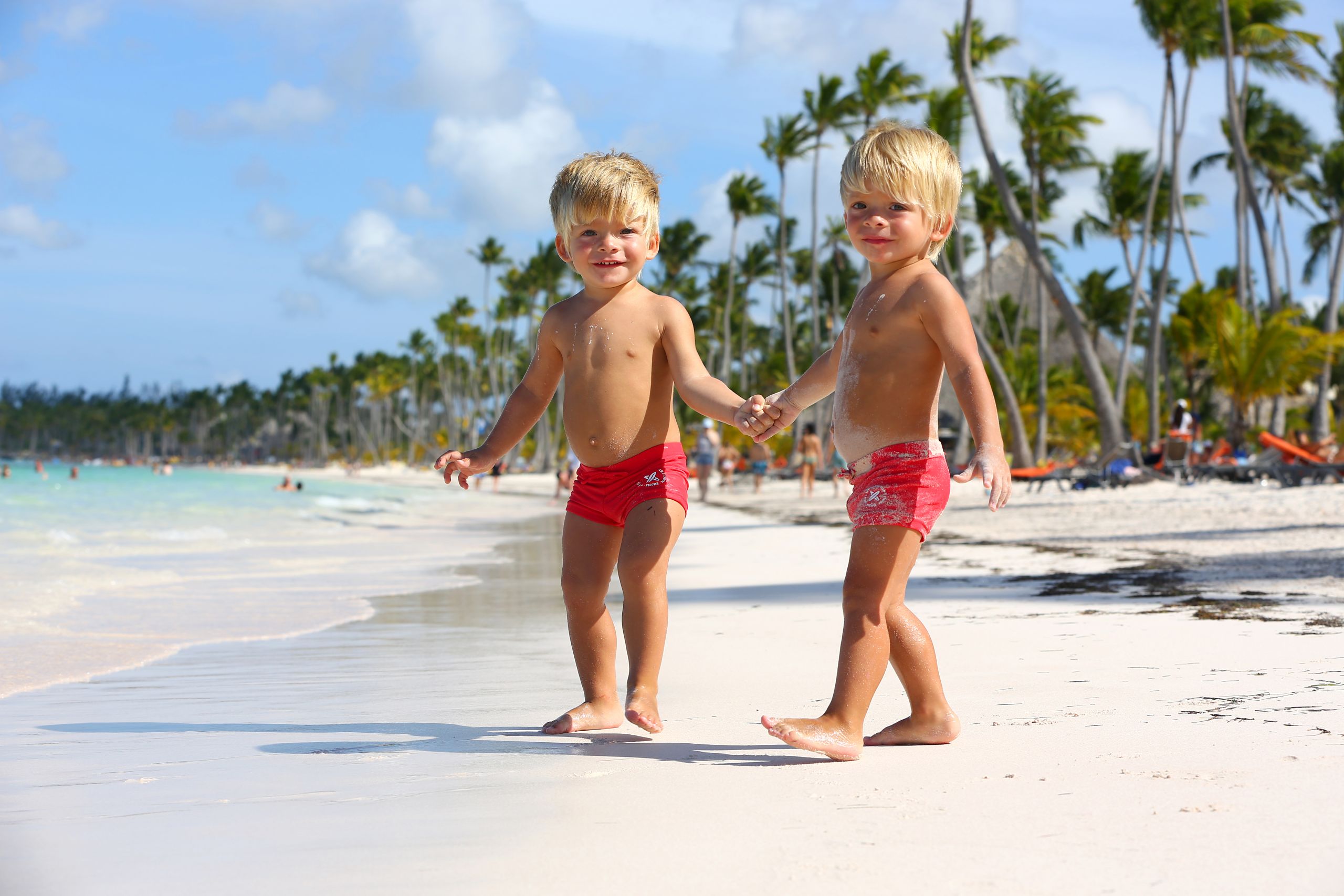
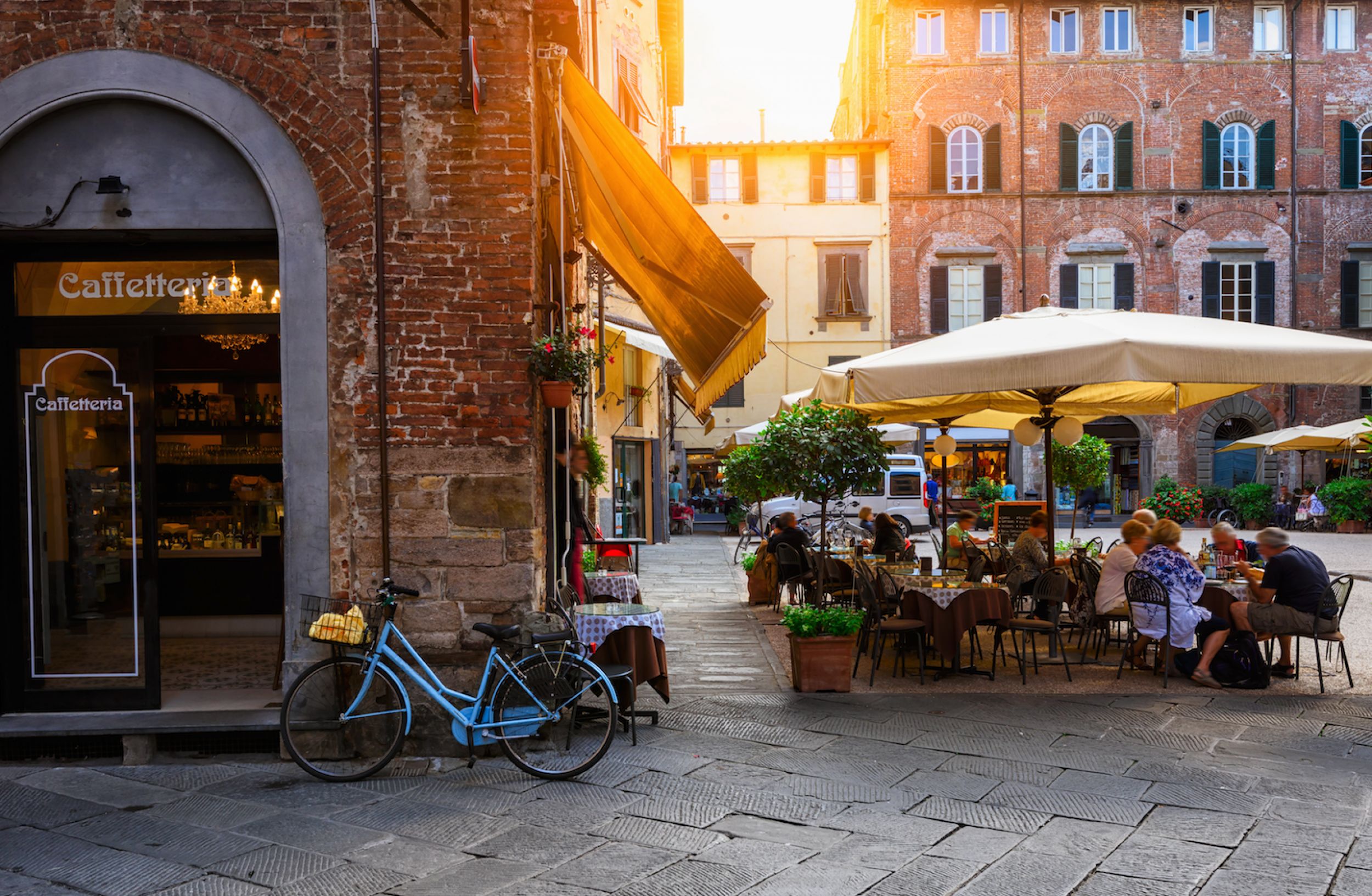
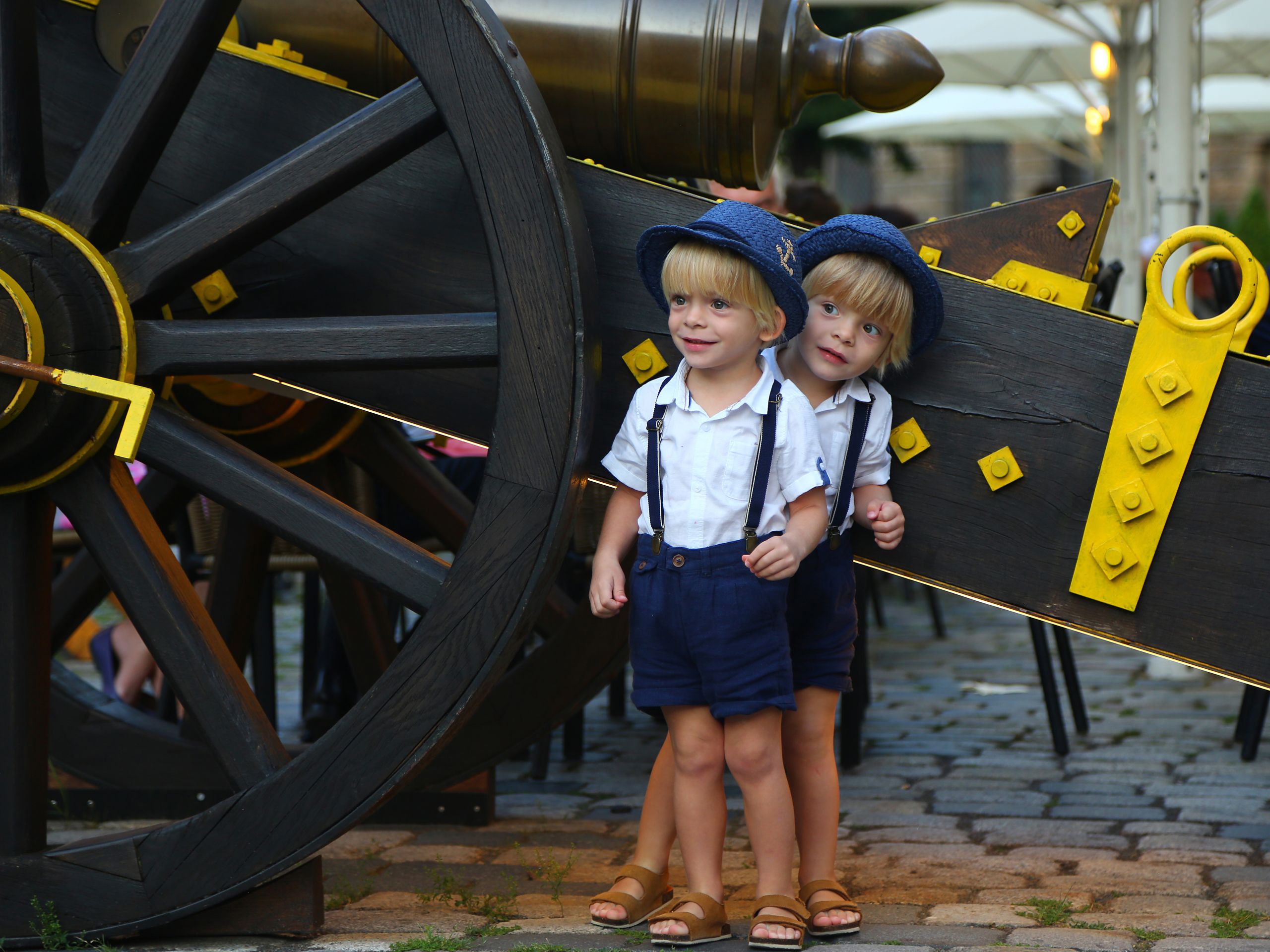
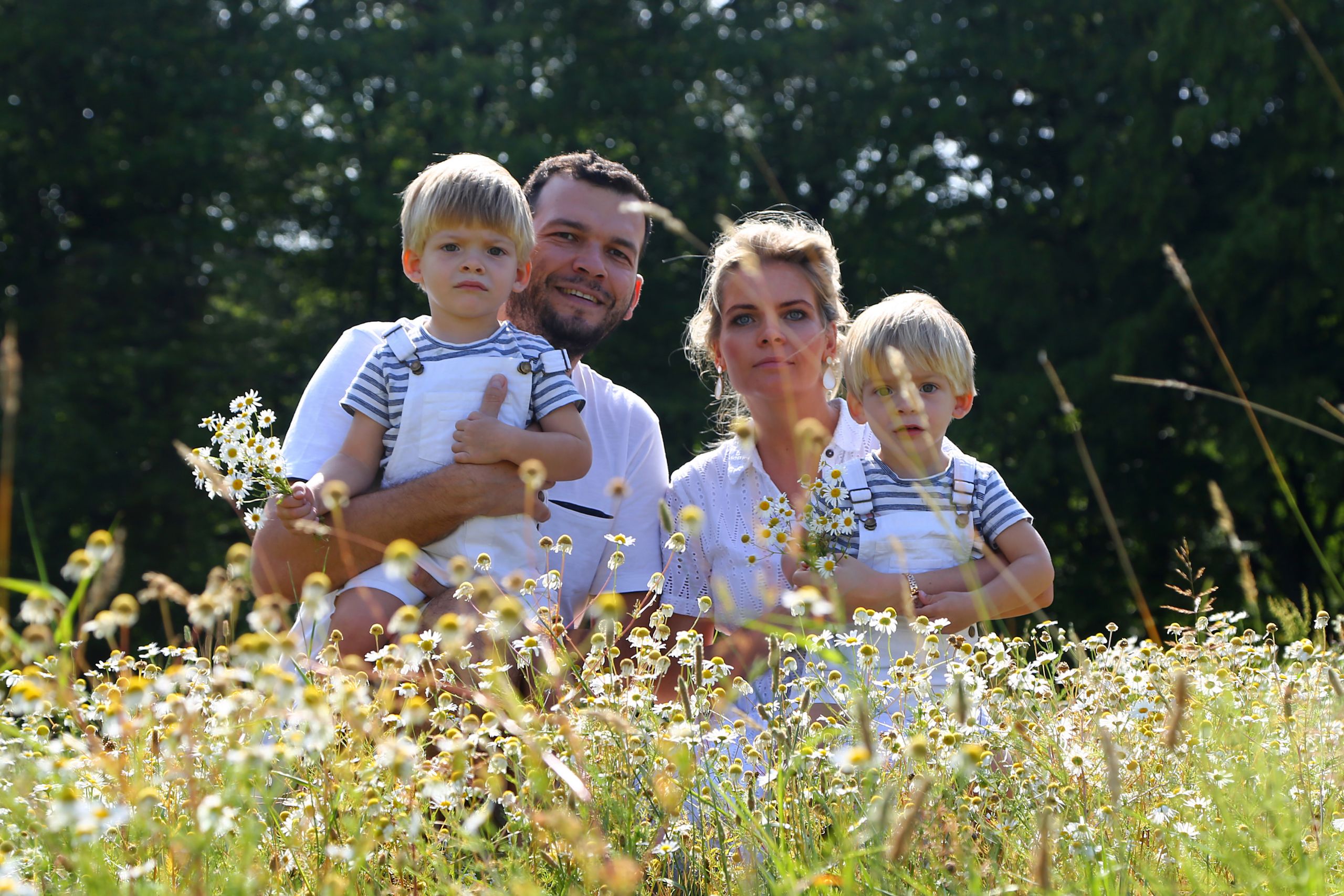
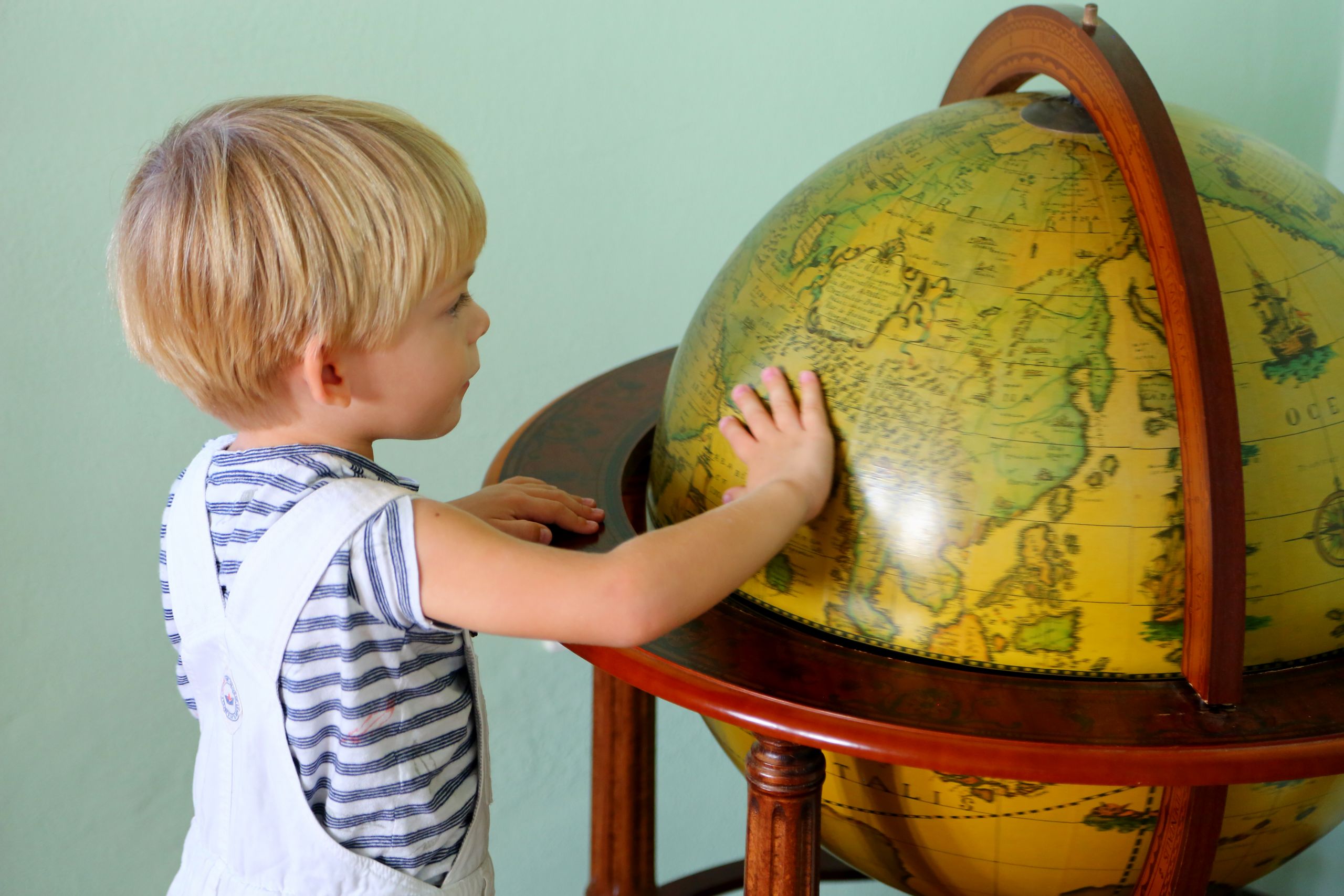
Leave A Comment